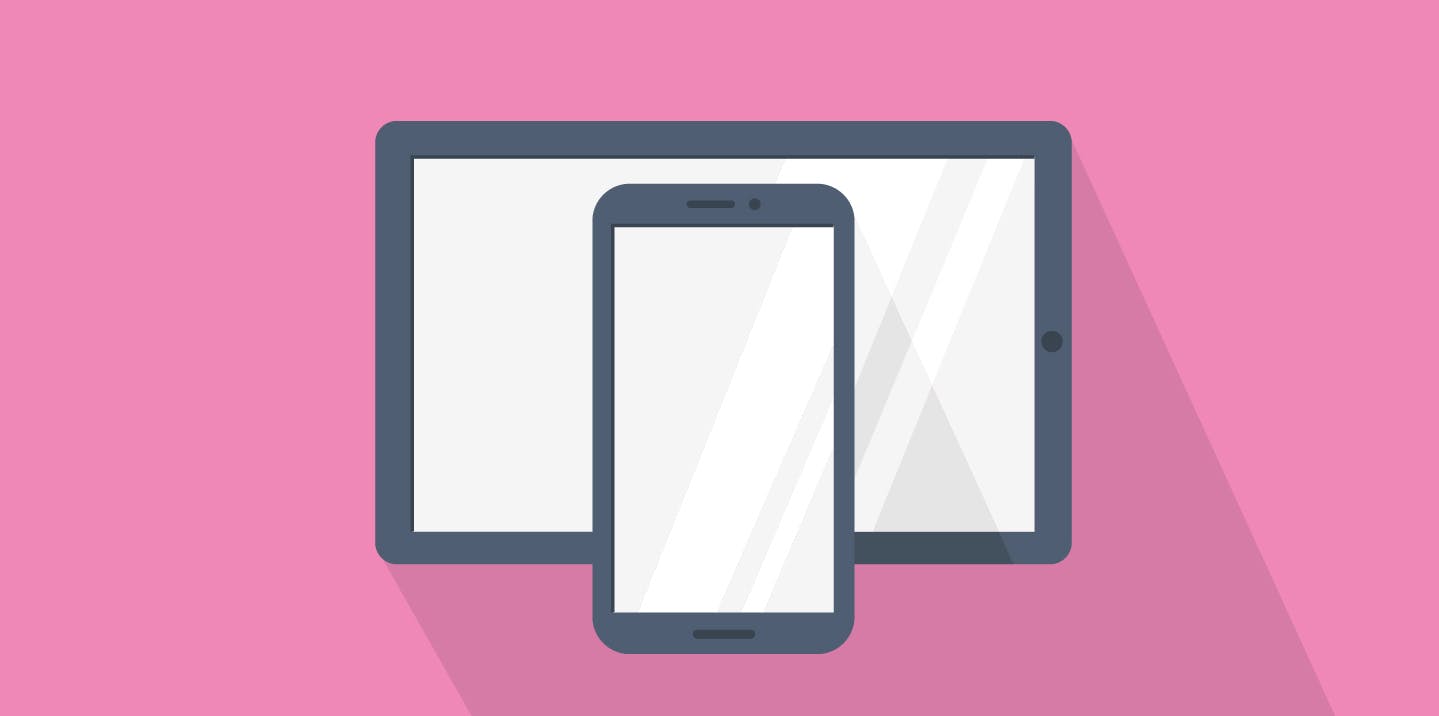1. Location, location, location
Perhaps the biggest difference between tablets and smartphones when it comes to marketing is that people use them in different places. For the most part tablets are kept at home, or brought out only on long trips.
Smartphones, on the other hand, are taken everywhere and used constantly. Another important point is that tablets don’t make phone calls.
That fact makes people think about the two platforms differently. A phone is considered a necessity, while a tablet is much more a luxury or productivity device like a computer.
2. Lean in versus lean back
In many ways, smartphone users are more immersed in the use of the device than people using a tablet. Most people use tablets as content consumption devices rather than as the personal communication hub that is the smartphone.
When you craft your marketing plan, therefore, the type of marketing you do to each platform will be different because of the way people see and use the device.
For example, the marketing you do towards tablet users will be much more closely related to the marketing you do towards desktop users than it will be towards smartphone users.
3. Smartphones are personal, tablets may not be
When you target a smartphone, you are targeting an individual. Most people have their smartphones, and don’t share them with anyone else. The same can’t be said about tablets, which are sometimes shared amongst several people.
This will play a role when you are deciding how to target your marketing material. Targeting an individual is different than targeting a small group of people. It should also be pointed out here that almost everyone uses smartphones in the same way. First and foremost it is a phone, but it also has productivity apps, and glance worthy information.
The same can’t be said about the tablet, which can be used in many different ways. Some people use it as a content consumption device, while others use it as a laptop replacement.
4. Smartphones are taken everywhere
In many ways, smartphones are easier targets for marketing strategies because they are carried everywhere, have constant Internet connections, and are used as communication devices.
The first thing that stands out here is that phones can receive SMS messages, which is one of the fastest growing marketing areas available to companies.
Tablets are not taken everywhere, are not the same type of communication device, and cannot receive SMS messages.
It is also harder to target individuals on a tablet because of the diverse ways in which they are used.
5. Users expect to be treated differently
The final way tablets and smartphones are different when it comes to marking it something that has been threaded through the last four examples. Smartphone users and tablet users are not the same. More than 60% of the US population has a smartphone.
That number is only expected to grow as feature phones become less and less popular. Tablets are also growing, but not necessarily in the same market, and definitely not as fast.
Users of each platform do different things on them because the screens are different sizes. Watching long video content or buying something online is much more suited towards a tablet than it is a smartphone.
People can spend hours and hours on their tablets. Smartphones are usually glance-and-put-away devices. They’re action oriented. You look at the screen, get the thing done you’re doing and move on.
On a tablet you do one thing and move on to the next thing on the tablet.
Two distinct marketing opportunities
The point is, as a marketer you shouldn’t treat tablet and smartphone users as the same thing. Instead you should treat them as two distinct marketing opportunities. By doing that, your marketing will be more successful than if you treat them both the same.
Using the same marketing towards both types of users almost never works because of the way people use their devices. You’ll find that the marketing you do towards tablet users is closely related to the marketing you do towards desktop PC users. The reason is that people use their tablets more like computers than anything else.
Smartphones are quick information devices that aren’t used for productivity or content consumption. Instead they are used for communication and for short easy tasks that are easy to do on small screens.
Finding a way to distinguish between these users will help your marketing plan succeed.
How smartphone apps personal data might reduce the cost of healthcare products

Comments